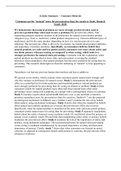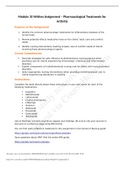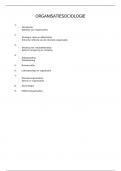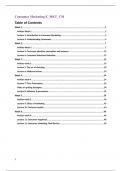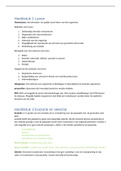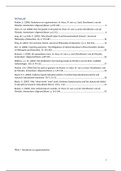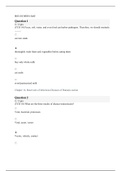Samenvatting
Articles Summary Consumer Behavior
- Instelling
- Vrije Universiteit Amsterdam (VU)
This document contains a summary of all 6 articles that need to be studied for the Consumer Behavior exam: Etkin, J. (2016). The hidden cost of personal quantification. Novemsky, N., Dhar, R., Schwarz, N., & Simonson, I. (2007). Preference fluency in consumer choice. Puntoni, S., Sweldens,...
[Meer zien]
